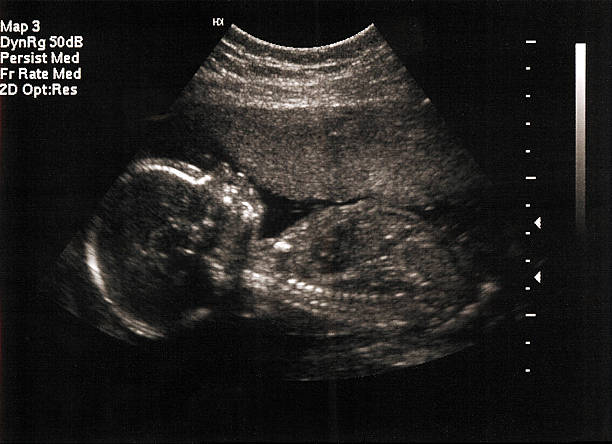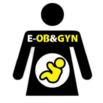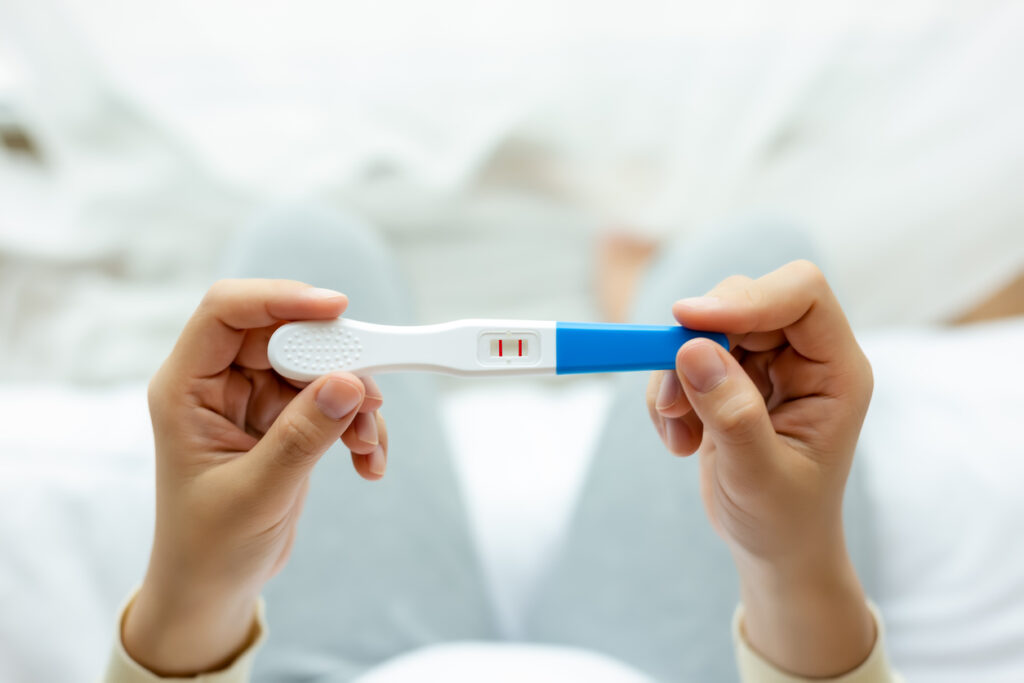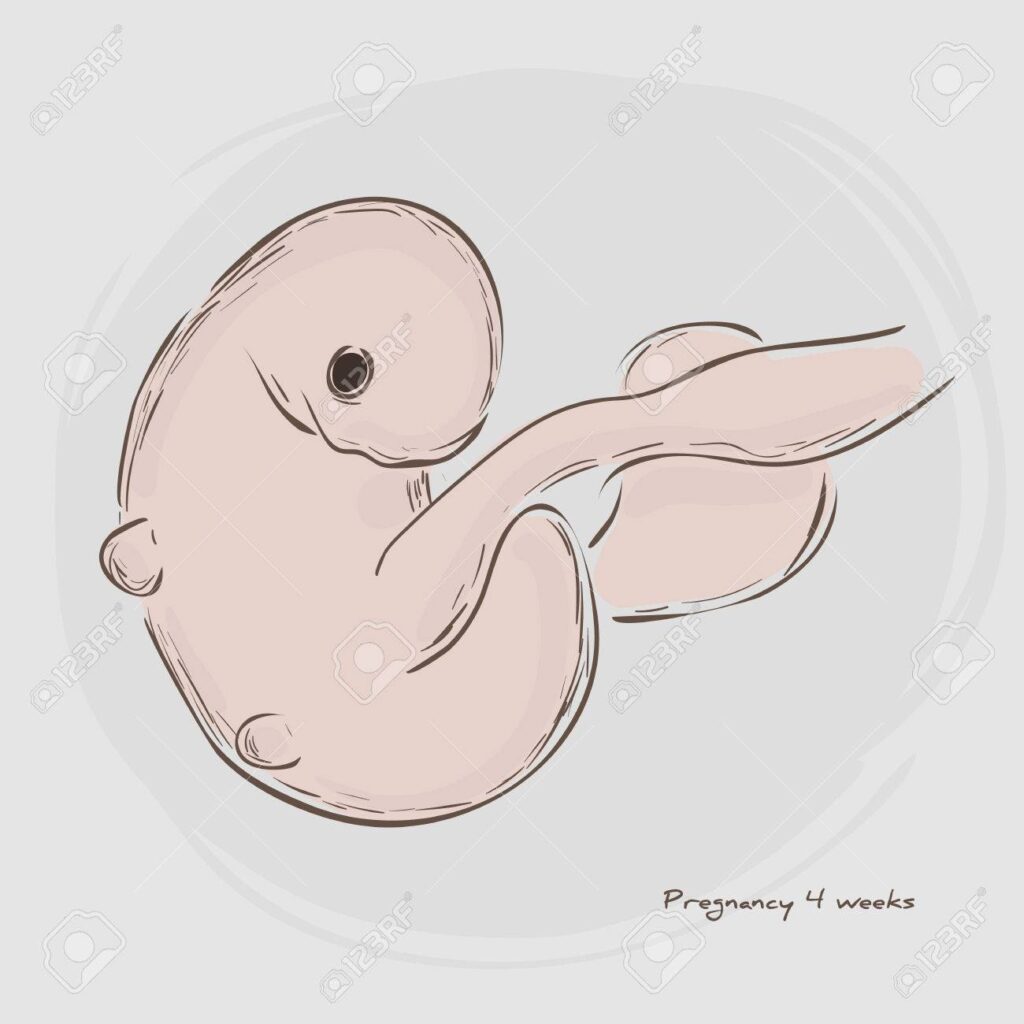20 WEEKS PREGNANT AND BABY DEVELOPMENT

As we embark on this incredible journey, exploring week by week pregnancy updates, we’ll delve into the ever-changing world of pregnancy, taking you through the fascinating development of your baby and the transformative experiences happening within your body. Join us as we navigate the wonders of each week, starting with the exciting 20 weeks pregnant milestone.
Your Baby at 20 Weeks:

At 20 weeks pregnant, your baby is reaching significant milestones in their development. Here’s an overview of what’s happening:
- The Size of a Baby at 20 Weeks: Visualizing your baby’s size can be fascinating. Think of your baby as a small cantaloupe or the length of a crayon. It’s incredible how quickly they’re growing! Baby’s Weight: On average, your baby weighs about 10.6 ounces (300 grams) at this stage. However, it’s important to note that there can be variations in baby weight, and some may weigh slightly more or less than this average. Baby’s Height: Your baby measures around 6.5 inches (16.5 cm) in length from head to rump (crown to coccyx). As your baby continues to grow, their body will elongate, and they will develop in proportion to their overall size.
- Fingerprints: Your baby’s unique fingerprints are forming during this period. These one-of-a-kind patterns will stay with them for life.
- Muscle Development: Your baby’s muscles are becoming stronger, allowing them to make more pronounced movements. You may feel more distinct kicks and flutters as a result.
- Sensory Organs: Your baby’s sensory organs, such as the ears and eyes, are developing rapidly. They may even start to respond to external sounds and light.
- Skin and Hair: While still very thin, your baby’s skin is becoming less transparent. Fine hair, known as lanugo, may cover their body to help regulate their temperature.
- Swallowing and Digestion: Your baby is practicing swallowing, which helps prepare their digestive system for the outside world. They’re also starting to excrete waste in the form of meconium into the amniotic fluid.
- Gender Development: If you haven’t already found out your baby’s gender, an ultrasound around this time can often reveal whether you’re expecting a boy or a girl.
Changes in Your Body: 20 Weeks Pregnant Symptoms
As your baby continues to grow and develop, your body undergoes its own set of changes to accommodate this new life. Here are the common symptoms and transformations you may experience at 20 weeks pregnant:
- Visible Baby Bump: By now, you’re likely sporting a noticeable baby bump, which is a visible testament to the incredible journey you’re on.
- Increased Energy: Many expectant mothers find that the fatigue experienced in the first trimester begins to subside, leading to an increase in energy levels.
- Skin Changes: Hormonal shifts may lead to changes in your skin, such as the appearance of the “pregnancy glow” due to increased blood flow, but also potentially the onset of stretch marks.
- Breast Changes: Your breasts may continue to grow and become more tender as they prepare for breastfeeding.
- Backaches: As your baby and belly grow, you may experience backaches as your body adjusts to the additional weight.
- Leg Cramps: Some women experience leg cramps, often at night. Staying hydrated and gentle stretching can help alleviate this discomfort.
- Shortness of Breath: Your growing uterus may start pressing against your diaphragm, leading to occasional shortness of breath.
- Braxton Hicks Contractions: These practice contractions may begin around this time, although they are typically painless and sporadic.
- Increased Urination: Your expanding uterus may put pressure on your bladder, causing you to make more trips to the bathroom.
- Mood Swings: Hormonal changes can also affect your mood, leading to occasional mood swings.
- Linea Nigra: Some women develop a dark line down the center of their abdomen, known as the linea nigra.
Remember, every pregnancy is unique, and not all women experience the same symptoms. If you have concerns about any of these symptoms or if you’re experiencing discomfort, it’s always a good idea to consult with your healthcare provider for guidance and support.
Tips for Coping
To manage these symptoms, try gentle exercises, such as prenatal yoga, and consider using a maternity support belt for back pain relief. Staying well-hydrated and practicing good posture can also help alleviate discomfort.
20 Weeks Pregnant Belly
By the time you reach the 20-week mark of your pregnancy journey, your belly has likely become a prominent and beautiful feature of your changing body. It’s common for friends and family to start noticing your expanding midsection, and you might even receive your first unsolicited belly rub. As your baby continues to grow, your uterus is now positioned approximately at the level of your belly button, causing it to protrude further.
Many women find this stage of pregnancy to be an exciting time as they start feeling a stronger connection with their growing baby. You may also notice that your skin around the belly area is stretching to accommodate your little one, and some women develop stretch marks as a result. Embrace these changes and consider using moisturizers specifically designed for pregnant women to help with skin elasticity.
It’s important to wear comfortable clothing that provides support to your belly, such as maternity pants or leggings. As your belly continues to expand, you may find that investing in a supportive maternity belt can help alleviate some of the pressure on your lower back and pelvis. Additionally, practicing good posture can reduce discomfort and keep your belly looking and feeling its best. Remember that your 20-week pregnant belly is a testament to the incredible journey you’re on, and it’s a constant reminder of the precious life growing within you.
20 Weeks Pregnant Ultrasound – What to Expect

During your 20-week ultrasound, also known as the anatomy scan, your healthcare provider will perform a comprehensive examination of your baby’s development and overall health. Here’s what you can expect to see and learn during this detailed ultrasound:
- Baby’s Gender: One of the most eagerly anticipated moments during your 20-week ultrasound is the opportunity to learn whether you’re expecting a boy or a girl. This revelation can be an incredibly exciting and emotional experience for expectant parents. The ultrasound technician will carefully examine the baby’s genital area to determine the gender based on the positioning of the genitals. It’s important to note that the accuracy of gender determination during this scan is typically quite high, but there can be instances where it’s not completely clear due to the baby’s position.
- Baby’s Size and Growth: The ultrasound will measure your baby’s head circumference, abdomen, and thigh bone length. These measurements help assess your baby’s growth and ensure they are developing within the expected range.
- Heartbeat: The technician will check your baby’s heart rate to ensure it falls within the normal range. They’ll also examine the heart’s structure to look for any congenital heart defects.
- Organs and Anatomy: The ultrasound provides a detailed view of your baby’s internal organs, including the brain, kidneys, liver, and spine. This examination helps identify any potential issues or abnormalities.
- Amniotic Fluid Levels: The technician will assess the levels of amniotic fluid surrounding your baby. Adequate amniotic fluid is essential for your baby’s development and well-being.
- Placenta Position: The ultrasound will determine the location of the placenta, whether it’s anterior (in front) or posterior (in back). The position of the placenta can affect your pregnancy and delivery.
- Umbilical Cord: The ultrasound will examine the umbilical cord to ensure it has the proper number of vessels and is functioning as it should.
- Fetal Movements: You may be able to see your baby moving during the ultrasound, which can be an incredible and heartwarming experience.
- Facial Features: In some cases, you may get a glimpse of your baby’s facial features, such as the nose, lips, and eyes. However, it’s important to note that the baby’s appearance at this stage may not be entirely clear due to the limited space in the womb.
- Overall Well-Being: The ultrasound serves as a comprehensive check-up for your baby’s overall well-being, ensuring that they are developing as expected and providing you with peace of mind.
10 Easy Tips for 20 Weeks Pregnant:
- Stay Hydrated: Drinking plenty of water is crucial to prevent dehydration, especially as your body’s blood volume increases during pregnancy. It can also help reduce the risk of leg cramps.
- Continue Prenatal Vitamins: Keep taking your prenatal vitamins to ensure you and your baby receive essential nutrients like folic acid, iron, and calcium.
- Begin Planning Your Baby Registry: Start thinking about the items you’ll need for your baby, from diapers to baby clothes, and create a registry to make it easier for friends and family to help you prepare.
- Communicate with Your Healthcare Provider: Open communication with your healthcare provider is essential. Discuss any concerns or questions you may have about your pregnancy or upcoming appointments.
- Consider Baby Names: Take time with your partner to discuss and choose baby names that you both love. It’s a fun and meaningful way to bond during pregnancy.
- Enroll in Prenatal Classes: Consider enrolling in prenatal classes to prepare for labor, delivery, and newborn care. These classes can boost your confidence and provide valuable information.
- Invest in Maternity Wear: As your belly grows, invest in comfortable maternity clothing that allows you to move freely and feel at ease.
- Keep Up with Gentle Exercise: Continue with gentle exercises like walking or prenatal yoga to stay fit and reduce pregnancy discomfort.
- Bond with Your Baby: Spend time bonding with your baby by reading or singing to them. This can help establish a connection even before birth.
- Plan for Your Baby Shower: If you’re having a baby shower, start planning the details like the date, location, and guest list. It’s a wonderful way to celebrate this special time with loved ones.
Commonly Asked Questions About 20 Weeks Pregnant
- Q1: What are the chances of feeling baby movements at 20 weeks?
- A1: It’s common to start feeling baby movements between 18 to 25 weeks, but every pregnancy is unique.
- Q2: Should I be concerned about stretch marks?
- A2: Stretch marks are a normal part of pregnancy, and there are creams and oils available to help minimize their appearance.
- Q3: Can I travel during my 20th week of pregnancy?
- A3: Consult your healthcare provider before making any travel plans to ensure it’s safe for you and your baby.
- Q4: When should I start preparing the nursery?
- A4: It’s a good time to start thinking about nursery preparations, but you have a few more weeks to go before you need to have it fully set up.
- Q5: How can I relieve heartburn during pregnancy?
- A5: Try eating smaller, more frequent meals, and avoid spicy or acidic foods. You can also consult your doctor about safe antacids.
20 Weeks Pregnant Checklist
Here’s a comprehensive 20 Weeks Pregnant Checklist to help you stay organized and prepared for the upcoming weeks of your pregnancy:
- Schedule your 20-week ultrasound appointment.
- Research and select a pediatrician or healthcare provider for your baby.
- Start thinking about potential baby names with your partner.
- Consider enrolling in prenatal classes for childbirth and parenting education.
- Invest in comfortable maternity wear that accommodates your growing belly.
- Continue taking your prenatal vitamins as recommended by your healthcare provider.
- Plan for your upcoming baby shower, including guest list and theme.
- Begin setting up the baby’s nursery and selecting furniture and decor.
- Research and decide on your preferred method of childbirth (e.g., natural birth, epidural).
- Explore childbirth education resources, such as books and online courses.
- Consider joining pregnancy support groups or forums to connect with other expectant parents.
- Discuss maternity leave options and plans with your employer.
- Make arrangements for any necessary pet care or adjustments for your pets when the baby arrives.
- Start a pregnancy journal to document your experiences, feelings, and milestones.
This checklist will help you stay organized and prepared as you journey through the exciting weeks of pregnancy leading up to your baby’s arrival.
In Conclusion, at 20 Weeks Pregnant:
At 20 weeks pregnant, you’ve reached a significant milestone in your pregnancy journey. Your baby is growing rapidly, with unique fingerprints forming, and you’re likely feeling stronger movements as their muscles develop. Your baby bump is more pronounced, and you may have noticed some changes in your body, including increased energy, skin changes, and occasional discomforts like backaches and leg cramps. The 20-week ultrasound offers an exciting opportunity to discover your baby’s gender and ensure their overall health.
As you continue this incredible journey, remember to stay hydrated, take your prenatal vitamins, and consider enrolling in prenatal classes for guidance and support. Embrace the changes in your body and cherish the bond you’re forming with your baby. Looking ahead to the next weeks, prepare for the joys and challenges that come with pregnancy and parenthood, and enjoy every moment as you approach the arrival of your precious little one.
Coming Up 21 Weeks Pregnant: Stay tuned for our next blog post where we’ll explore what to expect at 21 weeks pregnant and provide more insights into your pregnancy journey.


